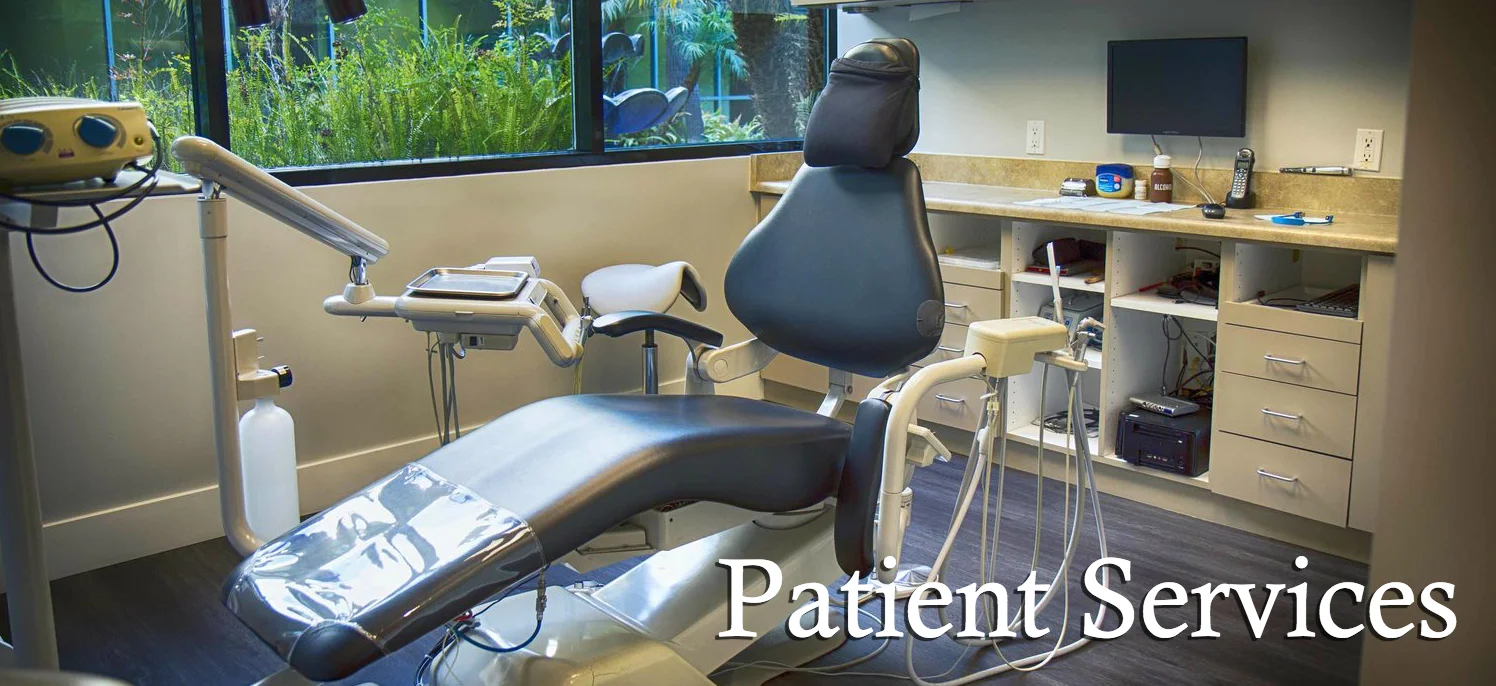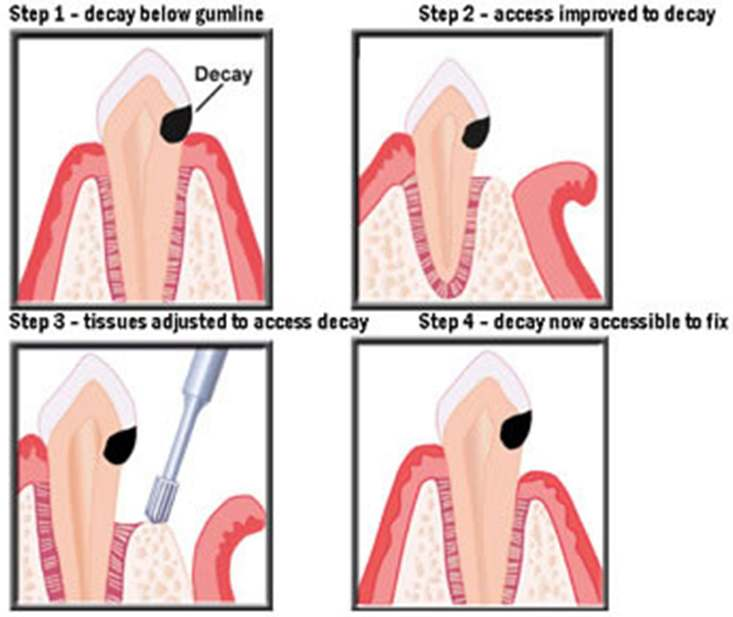Nearly 40% of all dental injuries happen while playing sports. While contact sports like hockey and football are the worst offenders, other activities like cycling and skiing carry a certain risk as well. To help prevent or lessen the effect of sports related trauma, we recommend always using a custom mouth guard.
Mouth guards are semisoft retainers molded to either the maxillary or mandibular teeth. They are usually thicker than a nightguard but still soft and compliant when you bite down on them. If you are wearing a guard and fall or receive a blow to the face, it helps distribute the force of impact over a greater area, thus reducing the risk for chipped or cracked teeth. Likewise, the chance of biting through a tongue or lip is reduced by the blunting effect of the soft plastic. Some athletes also subconsciously grind their teeth in intense situations and these guards can protect against this abrasive enamel wear.
You can buy mouth guards at almost any sporting goods stores. Most of them are of the "boil and bite" variety, where you heat the plastic in a pot of water and bite down on them. These usually work well enough, but we encourage you to bring the guard to your dental appointment and let us examine it. Misshapen guards can irritate the gums or cause mild orthodontic movement of the teeth.
For a "professional" fit, our office can make custom guards for any patient of record. We start by taking an impression of your teeth, create a stone model and vacuum form plastic over the model until a minimally effective thickness is reached. A short second visit is needed to deliver and adjust the guard to your comfort. If you would like to know more about mouth guards, dental trauma or other preventative oral health measures, please give our office a call!





















